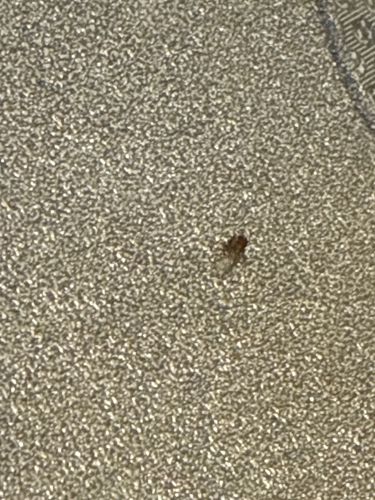Fruit Fly
Scientific Name: Drosophila melanogaster (most common species, though other Drosophila species are also called fruit flies)
Order & Family: Diptera (Order), Drosophilidae (Family)
Size: Typically 2-4 mm (0.08-0.16 inches) in length

Natural Habitat
Commonly found in kitchens, pantries, and anywhere ripe or rotting fruits/vegetables are present. They can also be abundant near fermentation facilities like wineries, breweries, or cider mills, and compost piles.
Diet & Feeding
Adult fruit flies feed on the surface of fermenting fruits and vegetables, and other organic liquids. Larvae feed on the yeast and bacteria found in the decaying matter.
Behavior Patterns
Fruit flies are attracted to ripe, fermenting, or rotting fruits and vegetables, as well as other decaying organic matter. They lay their eggs on or near these food sources. Their lifecycle is rapid, completing development from egg to adult in about 7-10 days under ideal conditions. They are most active during the day.
Risks & Benefits
Potential risks include being a nuisance pest indoors, especially in kitchens. While generally not harmful to humans, they can contaminate food. They are significant pests in the fruit and vegetable industry due to their rapid reproduction and ability to damage crops and stored produce. Benefits include their widespread use in scientific research (e.g., genetics) due to their short life cycle and ease of breeding.
Identified on: 8/10/2025